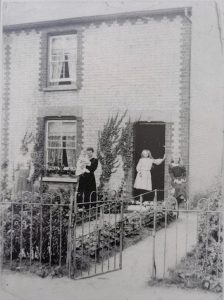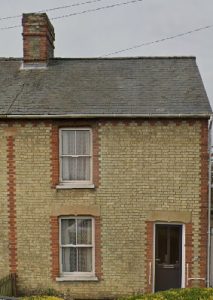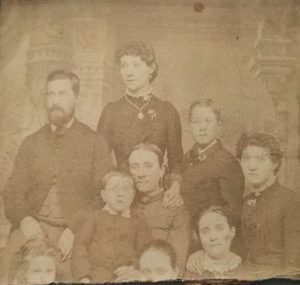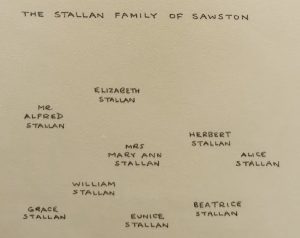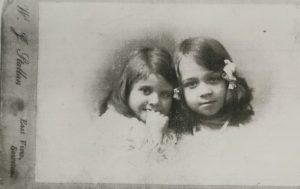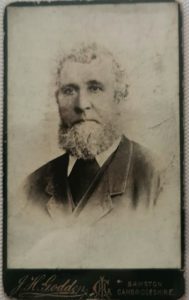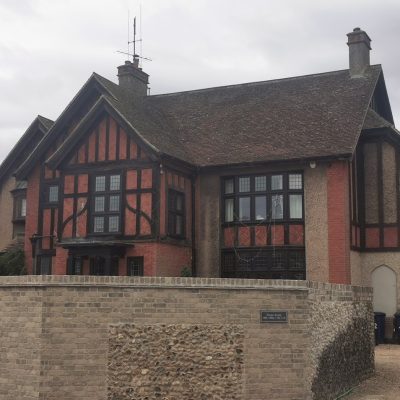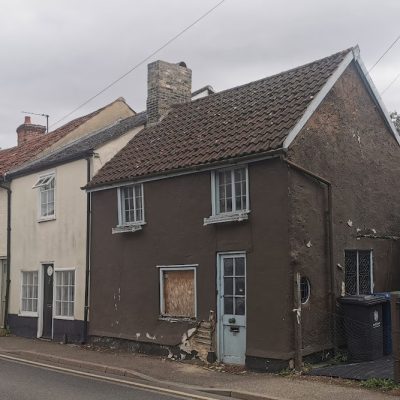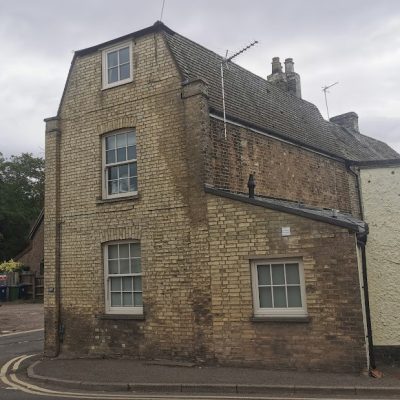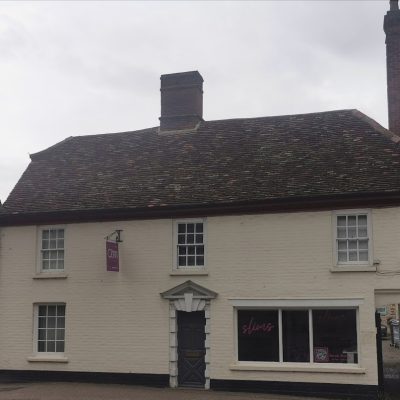Search by topic
- archaeology
- Building of Local Interest
- chapel
- charity
- church
- crime
- dressmaker
- fire
- Great Eastern Railway
- Listed building
- Mapping Relief
- medieval
- oral history
- poverty
- Public House
- Religious House
- Roman
- scholar
- school
- Then and Now
- tudor
- women
- work
- world war one
- world war two
Search by text
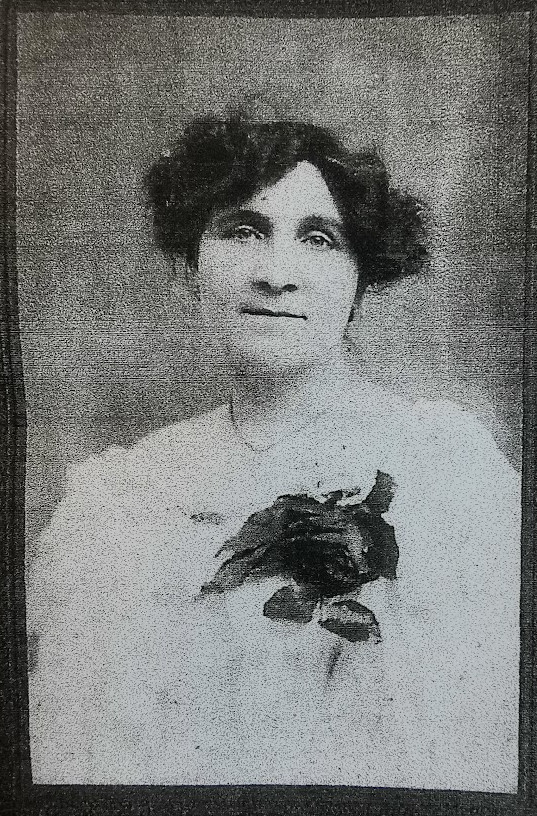 Beatrice Stallan photographed by brother W J Stallan
Beatrice Stallan photographed by brother W J Stallan40 London Road, Sawston
History of 40 London Road
1881 The Stallan family are living in the High Street, Sawston
1891 London Road unnumbered
Alfred Stallan, 45, splitter leather, b Sawston
Alice, 21, daughter, machinist paper, b Sawston
Grace, 13, b Sawston
Willie, 9, b Sawston
Gertrude, 3, b Sawston
1901 London Road unnumbered
Alfred Stallan, 58, skinner leather factory,
Mary Ann, 54,
Eunice, 30, glove maker,
Grace, 23, dressmaker,
William J, 19, apprentice to skinner,
Gertrude M, 13,
1911 London Road unnumbered
Alfred Stallan, 65, skinner leather factory, b Sawston
Mary Ann née Coleman, 64, b Sawston
Eunice, 40, draper, b Sawston
Grace, 33, miller, b Sawston
William James, 29, photographer, b Sawston
Gertrude Maud, 23, drapers assistant, b Sawston
The London Road address is unnumbered in 1911. But later Mary Ann is living at 55 High Street with Walter Stallan, whilst Horace Stallan and Mabel Stallan are living at 3 London Road.
Later William James is living in 6 Holland Street, Cambridge.
His great nephew C Tongue wrote in 2024:
The second son [William J Stallan] of his parents Alfred and Mary Ann Stallan of Sawston, he must have been a bright pupil at the village school, perhaps particularly in mathematic. While still at home at east View, Sawston he is listed as a photographer in 1904-1911, and may have had a hand in installing the first gas lighting in the village. He tried employment locally as a leather dresser in a Sawston tannery, which was his father’s trade, but his permanent work emerged to be as a laboratory assistant at the Cambridge Scientific Instrument Company in Carlyle Road (how typical of the man to have his home, chapel and works all conveniently near to him) where he was initially engaged as a milling machine operative. Under the leadership of Sir Horace Darwin William was to emerge gradually as an intelligent inventor of many gadgets and refinements – some too complicated to describe here but as was the custom in those days, he only rarely gained credit or recognition when patents were registered by the company. It was enough for him to be inventing successfully and to be mastering problems. [continued Cambridge Scientific Instrument Company.]
Contribute
Do you have any information about the people or places in this article? If so, then please let us know using the Contact page or by emailing capturingcambridge@
License
This work is licensed under CC BY-NC-SA 4.0





